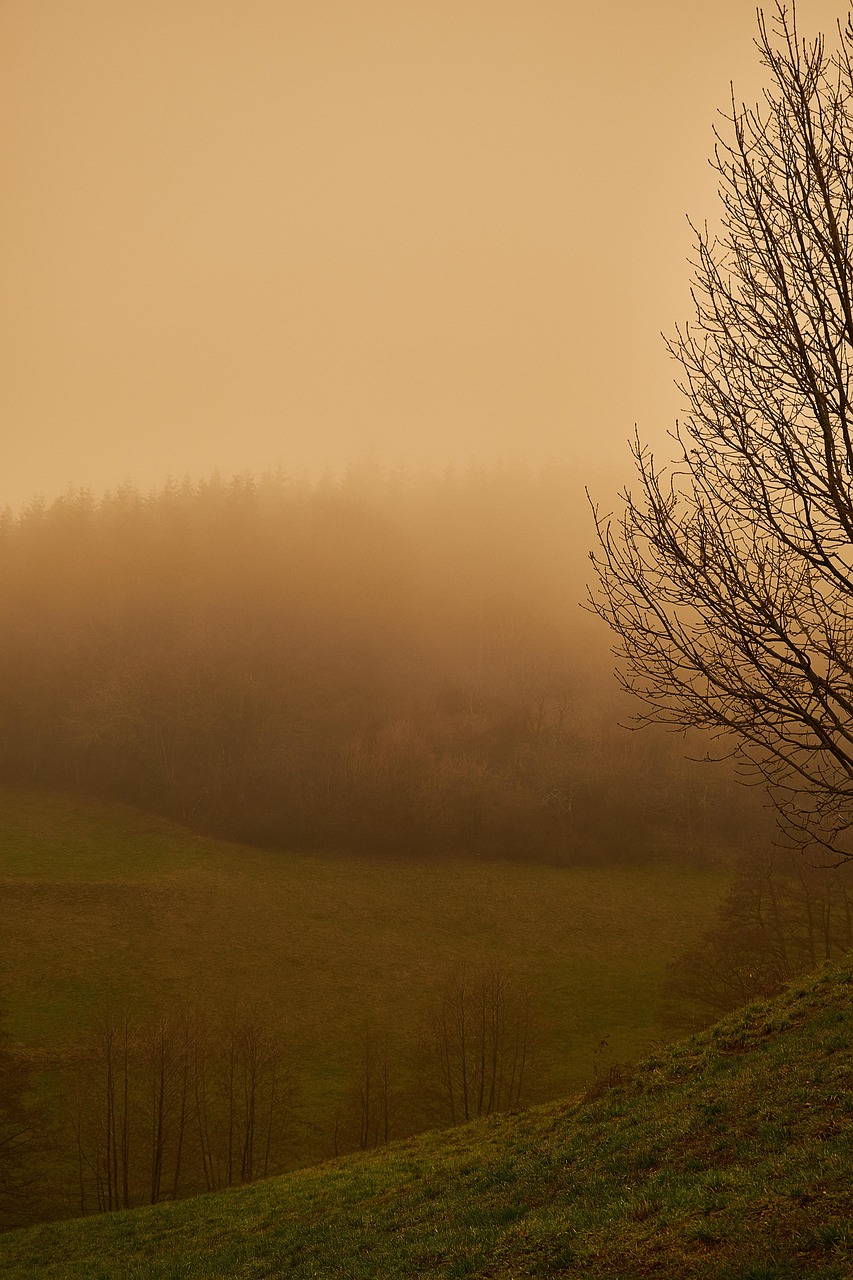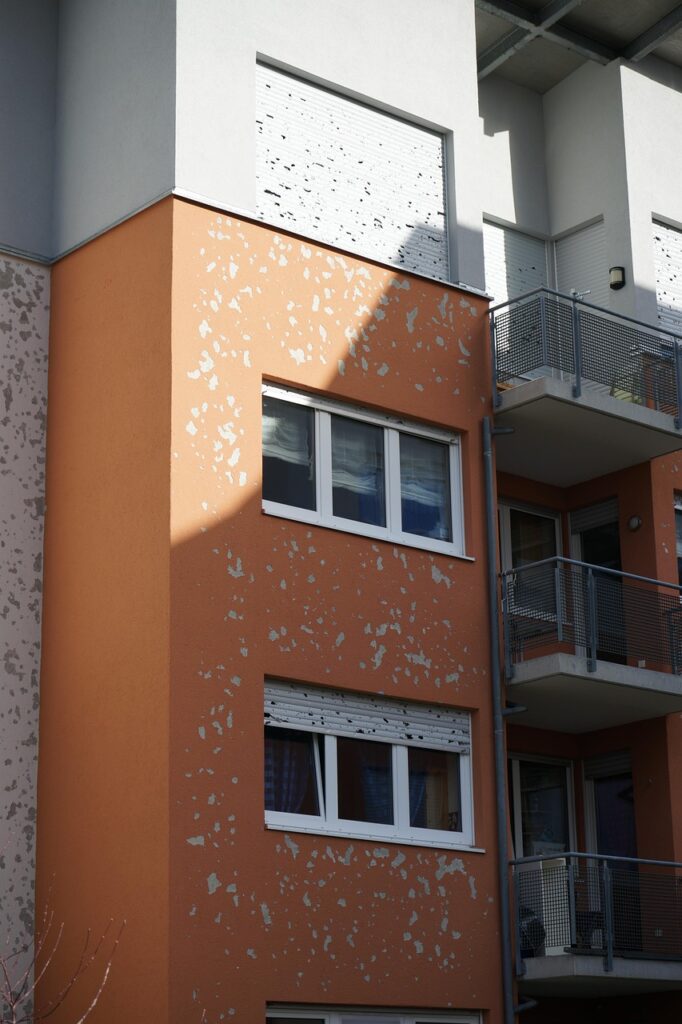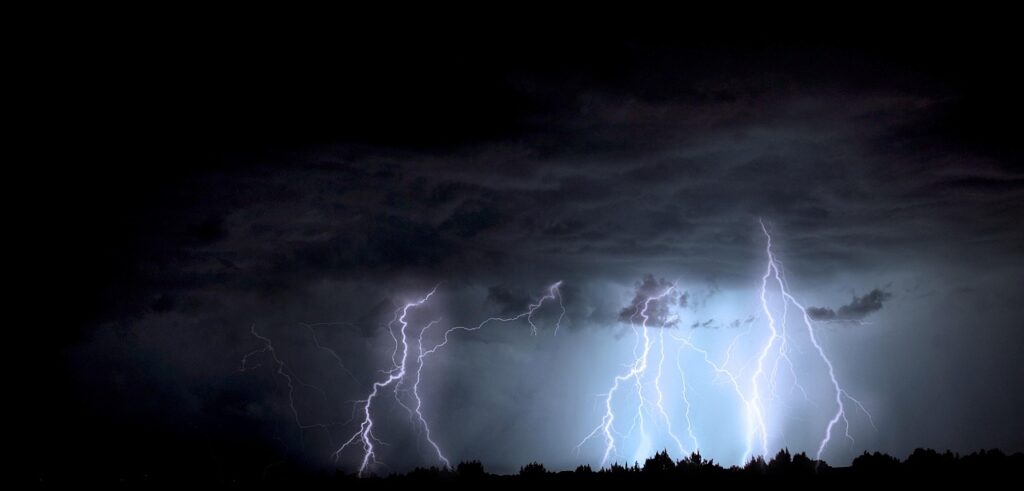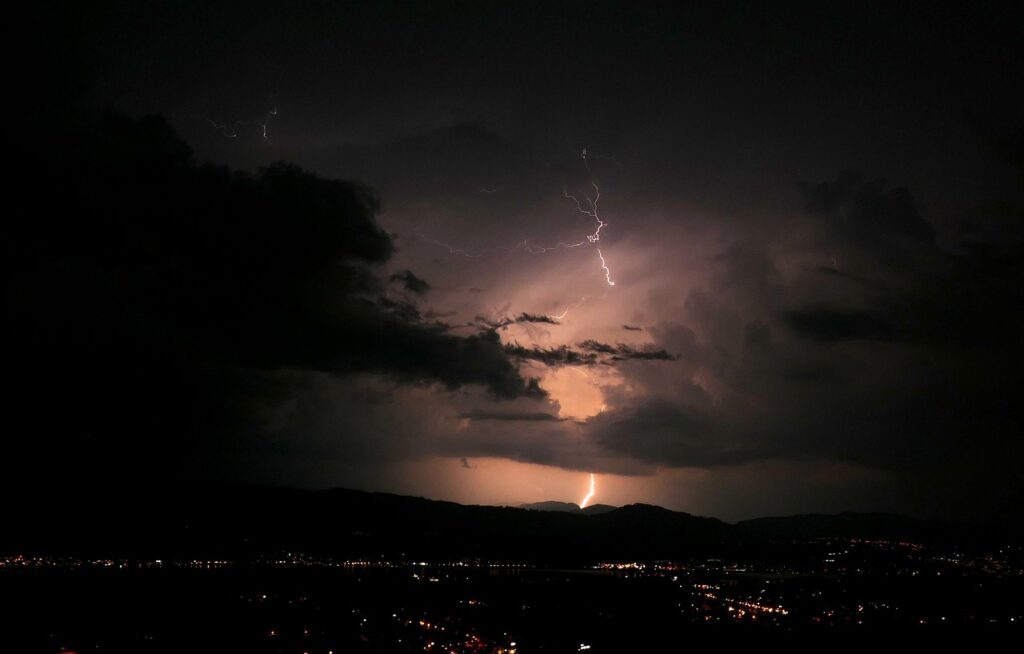
The evening of August 25, 2025, etched itself into the meteorological annals of the American Southwest with an extraordinary display of nature’s raw power. A colossal wall of dust, scientifically termed a haboob, descended upon the Phoenix metropolitan area, dramatically altering the landscape and the routines of tens of thousands. This unprecedented event, the largest and first major haboob of 2025, rapidly enveloped the city, transforming daylight into an “almost apocalyptic scene” and plunging communities into near-zero visibility.
The dust storm’s immense scale and rapid progression were not its only defining characteristics. It served as a prelude to severe monsoon thunderstorms that swiftly followed, compounding the disruption and damage across Maricopa County and beyond. These successive weather phenomena collectively brought the region to a temporary halt, grounding flights, severing power connections for vast numbers of residents, and causing tangible structural harm to public and private infrastructure.
This detailed examination will explore the multifaceted impact of the August 25th haboob and its accompanying monsoon storm. We will dissect the meteorological phenomenon itself, the widespread disruptions it engendered, and the immediate consequences for one of the nation’s most rapidly expanding urban centers. From the sudden darkening of the skies to the tangible damage on the ground and the subsequent efforts to restore normalcy, the events of that evening provide a compelling case study in urban resilience confronting nature’s unyielding force.
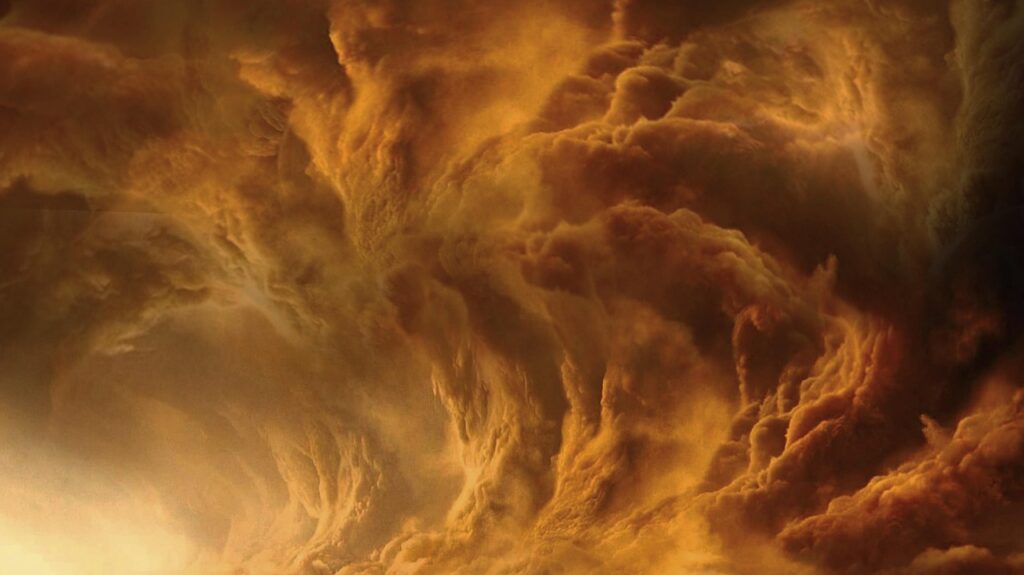
1. **Defining the Haboob: What It Is and How It Forms** A haboob is an “incredibly strong dust and sand storm” that predominantly traverses “hot and dry regions.” These formidable weather phenomena are commonly observed in areas such as the Sahara desert, the Arabian Peninsula, North Africa, and the Gulf of Guinea. However, their occurrence is not exclusive to these global hotspots, as they can also “crop up in the Southwestern United States in states including Arizona, New Mexico and Texas.”
The formation of a haboob is intrinsically linked to the dynamics of a traveling thunderstorm cell. As the thunderstorm progresses, it “causes air to be forced down and pushed forward.” This powerful downward and outward blast of air then “drags with it dust and debris,” culminating in the creation of a “blowing wall as high as 10,000 feet.” This mechanism essentially transforms a seemingly ordinary thunderstorm into a monumental dust-generating force.
These storms possess an alarming characteristic: their sudden arrival. They can “arrive suddenly,” immediately “reducing visibility to zero with the wall of dust that can be miles long.” Such events can persist for a duration ranging from “a few minutes or up to a few hours.” The National Weather Service issues stern warnings regarding their perils, stating, “‘Blinding, choking dust can quickly reduce visibility, causing accidents that may involve chain collisions, creating massive pileups.'” The term “haboob” itself is derived from the Arabic language, where the word ‘haab’ signifies “wind or blow,” aptly describing the phenomenon.

2. **The Phoenix Event: August 25, 2025 – The Initial Strike** The evening of August 25, 2025, marked a significant meteorological event for the Phoenix metropolitan area, as a “giant cloud of dust known as a haboob swallowed up” the region. This particular storm, distinguished as “the largest and first major haboob in 2025,” demonstrated an impressive and rapid trajectory across the Valley. It commenced its sweep from the southeast, impacting San Tan Valley, located approximately 47 miles southeast of Phoenix, at precisely 5 p.m. local time.
Within the span of an hour, this colossal dust storm had made its way to downtown Phoenix, bringing with it a dramatic shift in atmospheric conditions. The immediate aftermath of the haboob was swiftly followed by a “monsoon that left thousands without power and flights grounded.” This dual impact characterized the severity of the event, as the “towering wall of dust” was “quickly followed by severe thunderstorms that tore through the city.”
Reports from the ground emphasized the storm’s intensity. Residents and observers described the scene as the dust “darkened the sky in an almost apocalyptic scene,” highlighting the dramatic and sudden engulfment of the city. The storm was notably described as having “packed extra punch,” indicating its unusual force compared to typical monsoon season dust events. Its arrival meant “plunging the city into darkness, blinding drivers, knocking out power and grounding flights” simultaneously, underscoring its profound and immediate impact on urban life.
3. **Apocalyptic Visuals: The Wall of Dust’s Imposing Scale** The visual impact of the August 25th haboob on Phoenix was nothing short of spectacular and, for many, deeply unsettling. “Photos and videos of the haboob, a huge dust storm… show the cloud consuming homes as it moved over Phoenix and surrounding areas.” This imagery captured a cityscape rapidly disappearing behind an opaque, moving barrier. The sheer volume of dust and debris in the air had the effect of “darkening the sky in an almost apocalyptic scene,” an observation reiterated across multiple reports.
Witnesses described the event as a “gigantic wall of dust” and a “towering wall of dust” that effectively “swallowed parts of metro Phoenix,” leading to “near-zero visibility.” The scale of these dust walls is immense, capable of “climb[ing] thousands of feet high and stretch[ing] for miles, cutting off the horizon in seconds.” This rapid obscuration of the landscape has been compared to the experience of a “blizzard in winter,” emphasizing the sudden and complete loss of visual orientation.
The sensory experience extended beyond sight. Bernae Boykin Hitesman, caught in the storm while driving, reported that she “couldn’t see my hand in front of my face if I put my hand outside,” and she could “taste the dust.” For Richard Filley, a retired university professor in Gilbert, the event was visually striking: “You look at the photos of haboobs and they are a spectacular natural phenomenon. They are kind of beautiful in their own way.” However, the speed of its arrival means that while “you can see a haboob’s wall of dust coming from a distance,” by the time it reaches you, “it’s too late to seek shelter,” especially for those in vehicles, as “it’s nearly impossible to see more than a few feet in front of you in the worst of these storms as the dust chokes out light.”
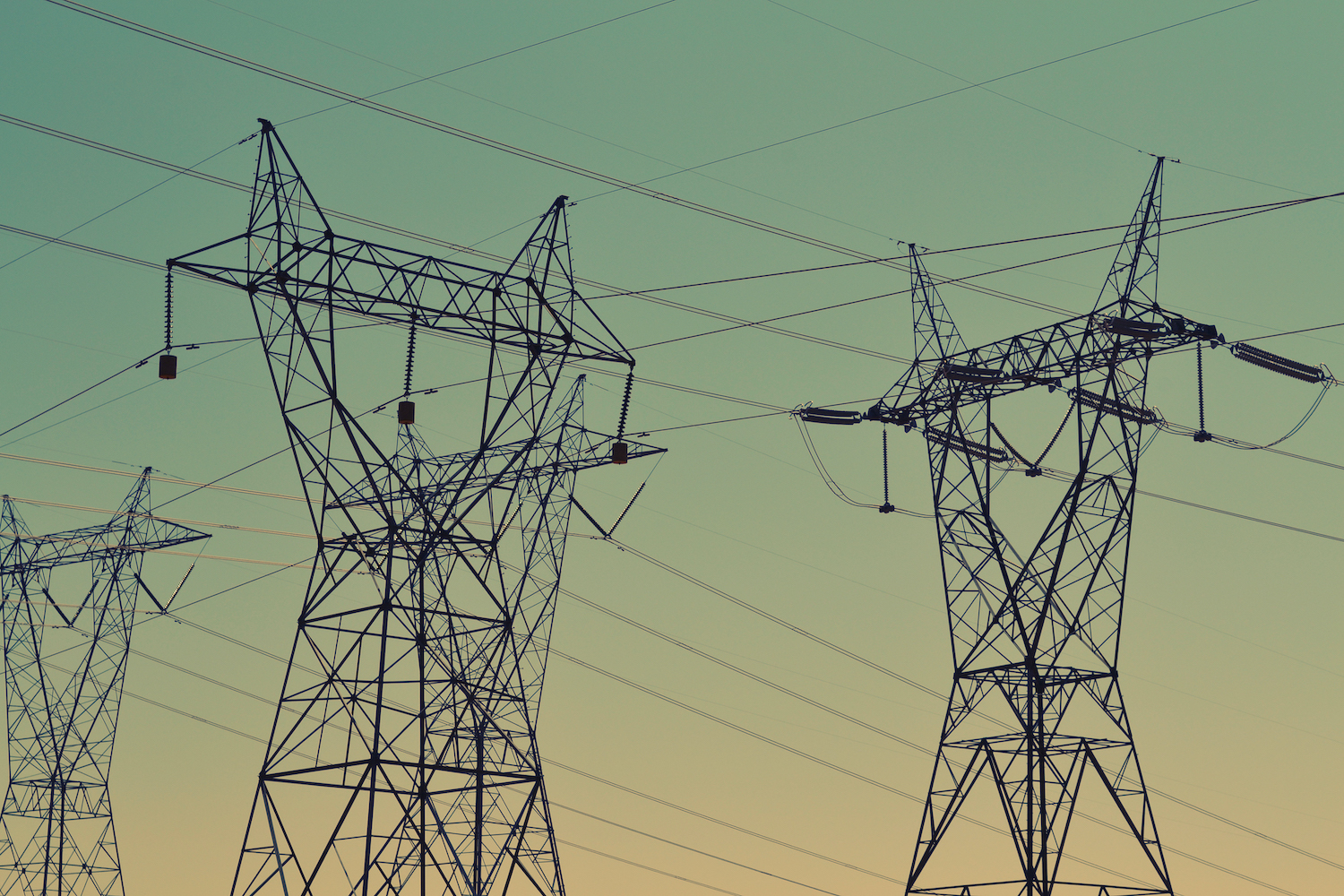
4. **Widespread Power Outages: Thousands Plunged into Darkness** The formidable power of the August 25th storm extended beyond its visible dust wall, manifesting in extensive disruption to the electrical grid across Arizona. Following the initial haboob and subsequent monsoon, “thousands without power” became a prevalent and immediate consequence across the region. Specifically, the Arizona Republic reported that “About 41,000 customers of the Arizona utility company Salt River Project were left without power after the storm.” This was not an isolated incident for a single utility provider.
In addition to Salt River Project customers, an “additional 7,400 Arizona Public Service customers experienced an outage,” further illustrating the widespread nature of the electrical interruptions. These figures underscore the storm’s capacity to debilitate essential services for a significant portion of the population. The outages were not evenly distributed but were primarily “concentrated in Maricopa County, where Phoenix is located.”
The cumulative impact on residents was substantial. According to PowerOutage.us, “more than 60,000 customers in Arizona were left without power,” with the vast majority experiencing outages within Maricopa County. This widespread loss of electricity plunged numerous homes and businesses into darkness, highlighting the storm’s immediate effect on daily life. Despite the initial scale of the outages, there was a concerted effort towards restoration, with “the majority of people in Maricopa County… had their power restored by the morning after the storm,” according to USA TODAY power outage data. Furthermore, “Some Cox customers also received an outage notice in the Phoenix area around 6:35 p.m.”
Read more about: Phoenix Engulfed: A Detailed Examination of the Haboob That Paralyzed the Metro Area
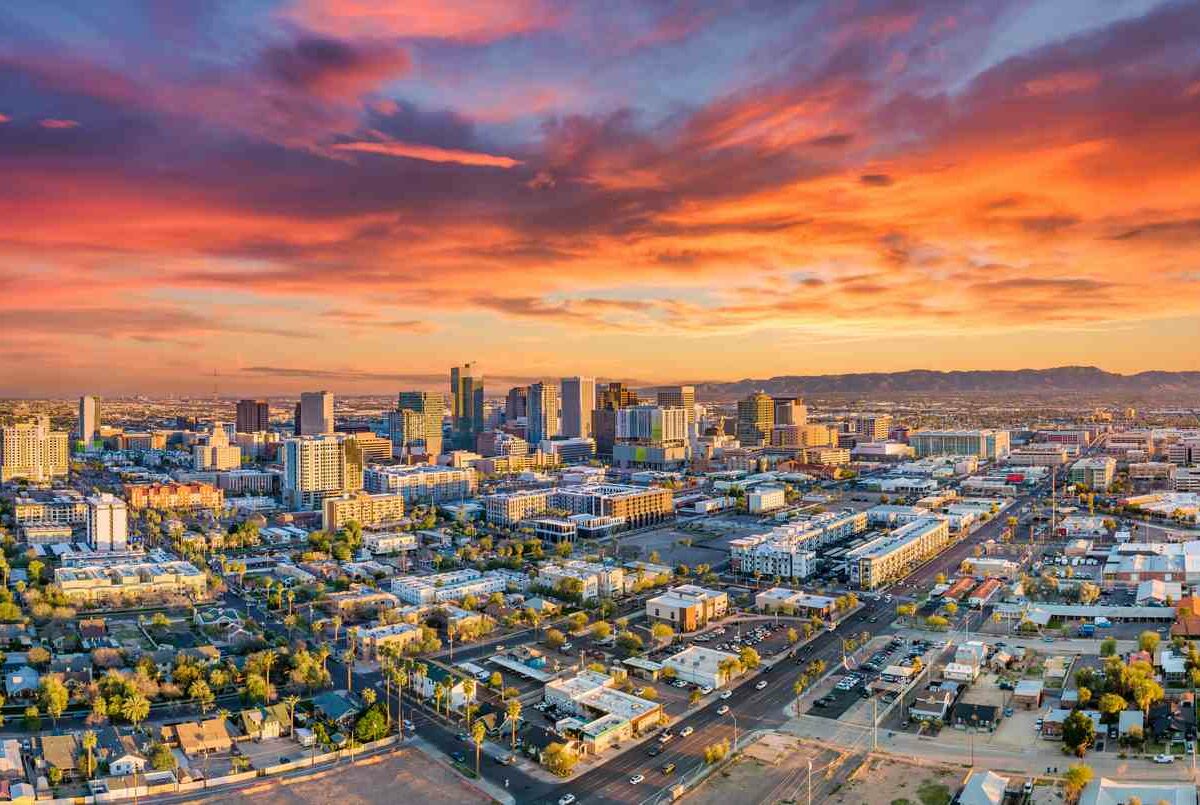
5. **Phoenix Sky Harbor Grounded: Air Travel Disruption and Damage** The powerful haboob and subsequent monsoon storm brought operations at Phoenix Sky Harbor International Airport to an abrupt and complete halt on the evening of August 25. As the “cloud of dust seemed ready to swallow up the facility,” a crucial “ground stop” was issued, effectively “preventing any planes from leaving or landing.” This immediate action was a direct response to the hazardous conditions created by the storm.
The Federal Aviation Administration confirmed that a ground stop was issued at approximately 5:30 p.m. due to the thunderstorms, which, though briefly, paralyzed air traffic. While the ground stop was “lifted about 30 minutes later,” the ripple effects of the storm continued throughout the evening. By 6:55 p.m., the average flight delay was reported at 15 minutes, escalating to “up to 30 minute delays late Monday night.” By 8 p.m., the airport’s website indicated that “three flights were canceled, 104 flights were delayed and one flight was diverted.” Later reports stated “more than 200 delays reported at the airport” by 9:30 p.m.
Beyond flight disruptions, the airport sustained physical damage. Airport spokesperson Gregory E. Roybal reported that “The storm caused leaks and damage at the airport,” with “crews assessing the damage” and working to identify “roof leaks, and clean up water where it had collected in passenger areas.” AccuWeather also noted that “a connector bridge at the airport was severely damaged by the 70 mph wind gusts.” These damages impacted various areas, including “the PHX Sky Train,” with “leaks reported in both terminals, and debris on roadways.” Despite the extensive impact, “Operations at the airport have since been resumed,” indicating a swift response to restore functionality.
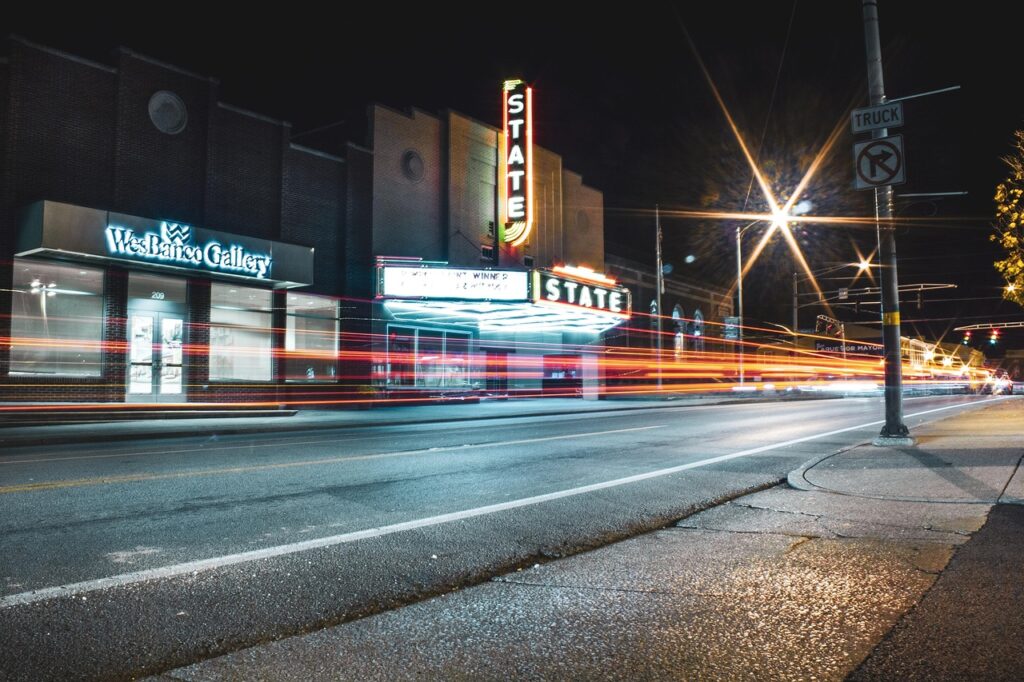
6. **Peril on the Pavement: Roadway Visibility and Safety Warnings** The descent of the haboob transformed Phoenix’s roadways into highly perilous environments, characterized by “near-zero visibility.” This sudden and severe obscuration made driving extremely dangerous, leading to widespread warnings from authorities. The National Weather Service in Phoenix, recognizing the immediate threat, “issued both dust storm and severe thunderstorm warnings” as the weather system encroached upon Maricopa County.
The paramount concern was the dramatic reduction in visibility. The National Weather Service “warned drivers of dangerously low visibility” and, in a critical public safety message, “urged people to ‘pull aside stay alive.'” This advisory was swiftly “echoed” by the Arizona Department of Transportation, which specifically noted “significantly reduced visibility on I-10 and I-17 due to the dust storm and flooding on roadways, urging drivers to proceed with caution.” In some extreme cases reported elsewhere, visibility was “less than 100 feet.”
Beyond the dust itself, the accompanying winds and rain compounded the hazards. Video footage captured “street signs trembling from the wind as the storm picked up debris and flung it around the streets in Phoenix.” The wind also “whipped debris across wet streets, shook street signs and downed branches over sidewalks,” creating additional obstacles and dangers for motorists. Workers in downtown Phoenix, confronted by the sudden downpour and debris, “shrieked in a mix of delight and fright as they ran for the cover of parking structures.” This immediate human reaction underscored the suddenness and overwhelming nature of the storm, emphasizing the wisdom of the ‘Pull Aside, Stay Alive’ campaign, which specifically “aims to save drivers from dangerous situations” during such events.
7. **Structural Toll: Downed Trees and Infrastructure Damage** The destructive force of the haboob and subsequent monsoon left a tangible trail of structural damage across the Phoenix metropolitan area and beyond. One of the most pervasive forms of damage was widespread arboreal destruction, with reports consistently noting “downed trees, wind damage.” These natural barriers were no match for the storm’s intensity, leading to significant blockages and hazards.
Specific instances of tree-related damage were abundant. “Downed branches also littered sidewalks,” and eyewitness accounts confirmed that “Trees were down and blocking the sidewalk by the Sheraton Phoenix Hotel along Second Street in downtown Phoenix.” Further illustrating the extent, “People work to clear tree branches that have fallen across Scottsdale Road,” and “Fallen branches partially cover Mill Avenue in Tempe.” More dramatic examples included “A tree is uprooted near an apartment complex off Camelback Road and 16th Street in Phoenix,” and in Chandler, a “tree that fell on top of a house, and the homeowner reported roof damage.” In Tempe, “a tree fell on top of a white van,” and in Gilbert, a viewer captured video of “a tree snapping in half in his neighborhood near Cooper and Elliot roads.”
Infrastructure also suffered directly. At Phoenix Sky Harbor International Airport, a notable instance of severe damage involved “a connector bridge [that] was shredded by 70 mph wind gusts.” In the Ahwatukee Foothills area, “strong winds caused a traffic sign to fall onto the road.” Gilbert police reported “traffic light outages and downed trees across town,” urging residents to avoid travel due to dangerous conditions. The storm’s reach extended even to temporary structures, as a weekend dust storm in Nevada during the Burning Man Festival saw “strong thunderstorm winds kicked up a dust plume, closing access roads and sending vendors scrambling to secure their tents,” with one vendor, Mike Chuda, stating, “‘We had to take our sign down. We weren’t expecting that.'” Even residential interiors were affected, as Richard Filley noted, “Fine dust found its way through ‘every little crack and space’ into his house.”
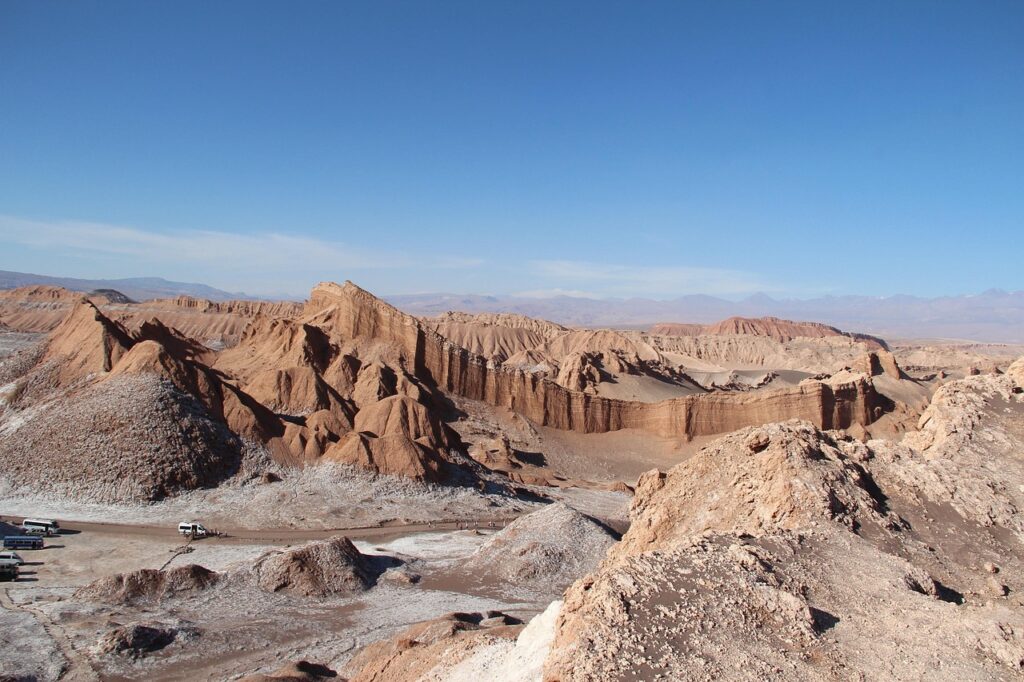
8. **Geographic Specifics: The Haboob’s Extensive Reach Across the Valley**While the Phoenix metropolitan area bore the brunt of the August 25th haboob, the storm’s tendrils stretched far and wide, impacting a mosaic of communities both within and outside Maricopa County. The initial strike, for instance, commenced in San Tan Valley, a location approximately 47 miles southeast of Phoenix, setting the stage for its rapid advance. This initial point of impact underscores how these phenomena often originate in more outlying areas before engulfing larger urban centers.
As the dust wall swept across the landscape, other East Valley communities such as Chandler, Gilbert, and Tempe faced significant disruptions. Chandler, for example, saw a tree fall directly onto a house, causing roof damage, while in Tempe, another tree was captured on video falling onto a white van. These incidents, while localized, paint a picture of widespread impact beyond the core downtown Phoenix area, demonstrating the storm’s broad and indiscriminate destructive capacity across the region.
Further south, in Arizona City, Bernae Boykin Hitesman recounted having to pull over her vehicle as the storm engulfed her, highlighting its reach into smaller communities some 60 miles southeast of Phoenix. Even Pinal County experienced the storm’s wrath, marking it as a significant event for the broader region. The sheer scale and speed of the haboob ensured that its effects were not confined to a single city, but rather a regional challenge that tested the preparedness of diverse communities.

9. **First-Hand Accounts: Unforgettable Human Encounters with the Storm’s Fury**The true measure of a storm’s impact often lies in the personal stories of those who experienced it directly. The August 25th haboob left indelible memories for many across the Phoenix area. Bernae Boykin Hitesman, driving with her two young children, described how she “couldn’t see my hand in front of my face if I put my hand outside,” emphasizing the near-total whiteout conditions. Her children’s fear, and her own efforts to remain brave for them, speak to the sudden terror the storm invoked.
In downtown Phoenix, workers ending their day were met with an unexpected spectacle as the winds “whipped debris across wet streets, shook street signs and downed branches over sidewalks.” Their reactions—a “mix of delight and fright as they ran for the cover of parking structures”—capture the raw, visceral experience of an urban environment suddenly overwhelmed by nature’s force. This collective gasp of awe and alarm underscores the storm’s dramatic and unannounced arrival.
Richard Filley, a retired university professor living in Gilbert, observed the storm’s aesthetic yet disruptive nature. While acknowledging haboobs as “spectacular natural phenomenon… kind of beautiful in their own way,” he also detailed the practical consequences: “Fine dust found its way through ‘every little crack and space’ into his house.” This personal detail highlights how the storm’s impact permeated even the sanctuary of homes, leading to the mundane but frustrating aftermath of extensive cleanup. These individual accounts collectively form a powerful narrative of resilience and awe in the face of such a formidable event.
10. **The Monsoon’s Shifting Patterns: Post-Haboob Weather Dynamics**The August 25th haboob was not an isolated meteorological event; it was inextricably linked to the broader and often volatile Southwest monsoon pattern. Immediately following the colossal dust wall, severe monsoon thunderstorms swept through the city, compounding the challenges faced by residents. These storms brought much-needed rain, with Phoenix picking up just under a quarter inch, but also exacerbated the damage and power outages.
The regional weather outlook in the aftermath of such a significant event becomes crucial for preparedness. Forecasters indicated a “continued chance of thunderstorms Tuesday into Wednesday” for the area, though the threat was expected to ease during the latter half of the week. This transient period of continued storm risk highlighted the ongoing dynamic nature of the monsoon season, where one powerful event can be followed by further, albeit potentially less intense, atmospheric activity.
A key factor influencing the mid-week forecast was an anticipated “shift to a westerly flow,” which was projected to bring drier air and effectively “clear out thunderstorm chances after Aug. 27.” While this promised some relief from the immediate storm threat, the “triple-digit heat” was expected to build throughout the week. Interestingly, monsoonal moisture, when present, could help temper temperatures, keeping them in the “low 100s or even high 90s through the week,” demonstrating the complex interplay of moisture, heat, and storm activity that defines Arizona’s summer climate.
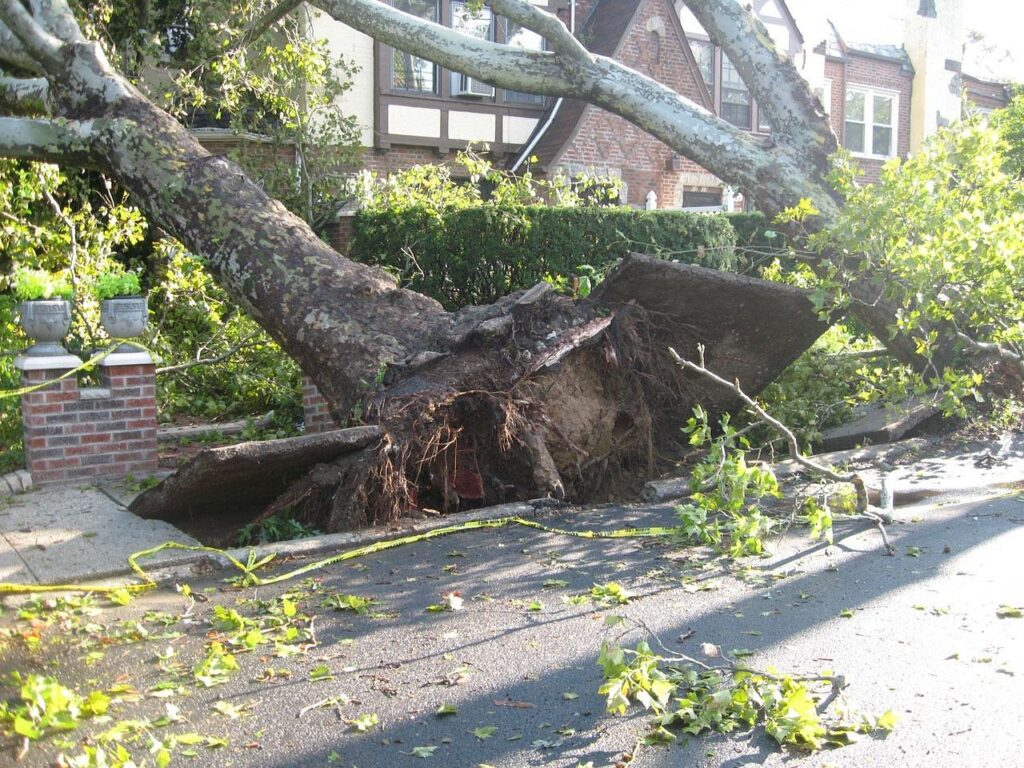
11. **Imperative Road Safety: Navigating Dust Storm Hazards**The sudden and severe reduction in visibility caused by haboobs poses an extreme danger to motorists, making critical safety guidelines paramount. The National Weather Service in Phoenix issued urgent warnings to “pull aside stay alive,” a message vigorously “echoed” by the Arizona Department of Transportation. This campaign is specifically designed to save drivers from perilous situations during blowing dust events, which can quickly turn a clear road into an impenetrable wall.
If confronted by a dust storm while driving, the immediate priority is to assess traffic conditions thoroughly – checking front, back, and sides – and begin to slow down. The crucial advice is not to delay action until visibility becomes dangerously low but to “pull completely off the paved portion of the roadway” as soon as it’s safe to do so. This means avoiding stopping in travel lanes or even the emergency lane, which can still be hazardous if other drivers are similarly impacted.
Once safely off the road, drivers are advised to “turn off all vehicle lights,” as leaving them on might lead other vehicles to use them as a guide, potentially crashing into the parked car. Setting the emergency brake, taking one’s foot off the regular brake, and remaining inside the vehicle with seat belt buckled are further critical steps. Drivers of high-profile vehicles, in particular, are urged to be extra cautious and travel at reduced speeds, as they are more susceptible to strong winds. Comprehensive resources for these life-saving tips are available at PullAsideStayAlive.org and azdot.gov/monsoon.

12. **Lightning Safety: Protecting Yourself During Monsoon Thunderstorms**Beyond the dust, the monsoon season also brings the inherent dangers of lightning, demanding specific safety protocols for public protection. The National Weather Service emphasizes the importance of vigilance, advising individuals to “pay attention to the weather.” The appearance of “big blue clouds, otherwise known as thunderheads,” should serve as a clear signal to seek indoor shelter immediately, as these formations are precursors to thunderstorms.
When lightning strikes, the safest places are “a building with plumbing and wiring” or inside a vehicle. In a building, lightning will be safely conducted into the ground, bypassing occupants. Similarly, a car provides protection as the electricity travels through the vehicle’s metal structure, rather than its occupants. Conversely, open water is extremely dangerous, as a boat can become the tallest object, making it a prime target for a strike. Therefore, “get off of open water” at the first sign of a storm.
Specific actions to avoid during a lightning storm include showering or bathing, as lightning can travel through plumbing into the water. Similarly, using “electric appliances with plugs or cords” is risky; wireless cellphones and unplugged laptops connected to Wi-Fi are generally safe alternatives. Adherence to the “30-30 rule” is also crucial: if thunder is heard within 30 seconds of a lightning bolt, the storm is close enough to be threatening, and one should wait at least 30 minutes after the last thunder before venturing back outside. It’s also vital to remember that lightning can strike miles from a storm, and sheltering under trees or huddling in groups outdoors increases risk.
13. **Broader Context: Haboobs in Other Regions and Comparative Insights**While the August 25th event in Phoenix garnered significant attention, haboobs are not exclusive to Arizona. Their occurrence in other arid regions provides a broader context for understanding these powerful natural phenomena and highlights the shared challenges faced by communities globally. A “weekend dust storm in Nevada blew through Burning Man,” the annual arts gathering, just prior to the Phoenix event. Strong thunderstorm winds created a significant “dust plume,” leading to closed access roads and causing vendors, like Mike Chuda, to scramble to secure their tents amidst unexpected conditions, showing how these events can disrupt large outdoor gatherings.
Even closer geographically, California’s Central Valley experienced a “rare dust storm” the same Monday, caused by unusually dry conditions and a low-pressure system. This haboob swept through the valley, leading to a “multi-vehicle pileup” on California 99 and power outages for approximately 15,000 Fresno County residents. A meteorologist at the National Weather Service in Hanford noted the “distinct wall of dust” looked “just like a classic Arizona dust storm,” emphasizing the similar visual and hazardous characteristics across different regions.
The Central Valley event, described as “uncommon” due to its size and lower visibility, prompted the Hanford office’s senior forecaster to issue his first career dust storm warning for several counties. The fact that visibility dropped to “less than 100 feet” in some places in California mirrors the “near-zero visibility” experienced in Phoenix, underscoring the universal danger these storms pose to drivers. These comparative instances demonstrate that while specific conditions may vary, the fundamental dynamics and human impact of haboobs remain strikingly consistent across diverse arid landscapes, demanding similar levels of vigilance and preparedness.

14. **Community Resilience: Rapid Restoration and Ongoing Assessment**In the wake of such a formidable weather event, the speed and efficacy of community response and restoration efforts become critical indicators of resilience. Despite the initial widespread outages that affected over 60,000 customers, the Arizona Republic, citing USA TODAY power outage data, reported that “the majority of people in Maricopa County… had their power restored by the morning after the storm.” This swift restoration of electricity to tens of thousands speaks volumes about the preparedness and dedication of utility crews.
Similarly, operations at Phoenix Sky Harbor International Airport, which had experienced a complete ground stop and extensive delays, were “since been resumed.” While crews were diligently “assessing the damage” and working to identify “roof leaks, and clean up water where it had collected in passenger areas,” the ability to quickly restore air traffic control and flight schedules minimized prolonged disruption for travelers. This focus on rapid recovery ensured that one of the nation’s busiest airports could return to functionality as swiftly as possible.
Beyond immediate infrastructure, the community at large demonstrated adaptive measures. Gilbert police, facing “traffic light outages and downed trees across town,” urged residents to avoid travel, prioritizing safety over immediate transit. Even individual homeowners, like Richard Filley, quickly became accustomed to dealing with the fine dust that permeated his house. These combined efforts—from large utility companies and airport authorities to local law enforcement and individual residents—highlight a coordinated and resilient community response aimed at mitigating the storm’s lingering effects and restoring a sense of normalcy.
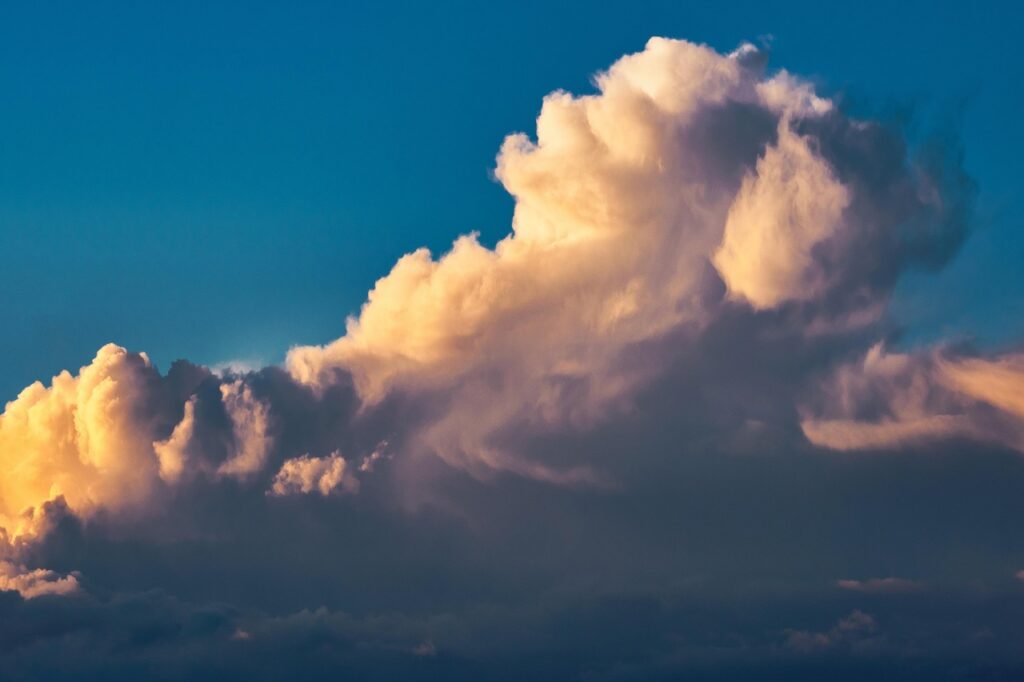
15. **The Enduring Legacy: Understanding and Adapting to Haboobs**The August 25th haboob serves as a powerful reminder of nature’s unpredictable force and the critical importance of both understanding and adapting to such phenomena. The term ‘haboob’ itself, derived from the Arabic word ‘haab’ meaning “wind or blow,” intrinsically links this modern meteorological event to an ancient understanding of its core characteristic. This etymology not only grounds the scientific term in its historical context but also underscores the enduring presence of these storms in arid regions across millennia.
As urban centers like Phoenix continue to expand into desert environments, the interaction between human infrastructure and natural events like haboobs becomes increasingly significant. While dust storms are “nothing new in Arizona’s monsoon season,” the scale and intensity of this particular event, described as having “packed extra punch,” suggest an ongoing need for heightened awareness and robust preparedness. The continuous development of early warning systems and public safety campaigns, such as “Pull Aside, Stay Alive,” are vital for minimizing future casualties and damage.
Ultimately, the haboob of August 25, 2025, transcended a mere weather event to become a profound case study in urban resilience and adaptation. From the initial shock of the dust wall to the collective efforts in recovery and the ongoing refinement of safety protocols, the experience underscores a vital lesson: living in harmony with nature’s power requires not just observation, but active, informed, and continuous adaptation. The future will undoubtedly bring more such dramatic displays, and armed with knowledge and preparedness, communities can better navigate these formidable forces of wind and dust.

